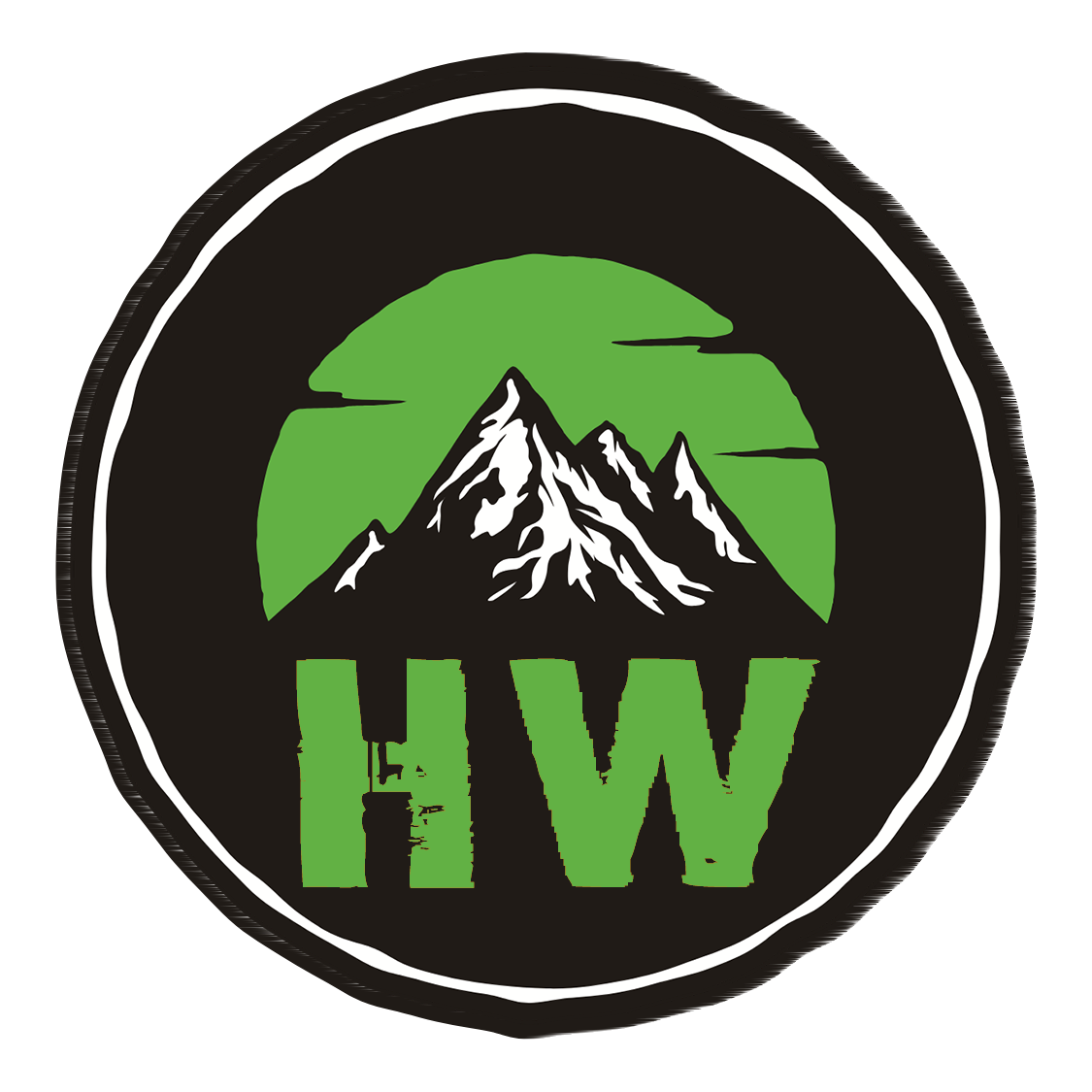What Tires Should I Get For Western Hunting?
(From Left to Right) Nitto Ridge Grappler, Milestar Patagonia A/T Pro, BFG Red Label Krawler, Cooper ST MAXX
No matter what you use as a hunting rig at some point it will need tires. The biggest question of all is “What tires should I get?” There are many things to consider when picking out the tires for your hunting rig. Whether it is your side-by-side, dedicated off-road rig or your daily driver the three major things to consider are size, tread type, and load rating.
Tread Type
The first recommendation is to get a tire in the “All Terrain” category. This includes off-road max traction tires, on-road all-terrain, off-road all-terrain, and rugged all-terrain tires. All-terrain tires are going to be better designed to handle slick, slimy, and generally rougher terrain. The different subcategories are going to be levels of capabilities. Your max traction will have the most traction but tend to be the loudest road noise, on-road all-terrain provides the least amount of traction of the all-terrains, but are adequate for the majority of roads the average hunter travels, additionally they are the quietest for road noise. I have a ‘14 Ram 3500 and I currently have Cooper St Maxx they provide the perfect amount of traction for my uses and are not terribly noisy on the highway. Brands I generally prefer are Cooper, BFGoodrich, Nitto, and Milestar.
Tire size
A tire’s size greatly alters the performance of a vehicle and often time the looks as well. When trying to figure out tire size there are three options, bigger, smaller and the same size. Generally bigger is better for off-road. The larger the tire the more ground clearance, improved approach and departure angles, cooler looks, improved traction and stability and increased flotation on soft surfaces. However, bigger tires are heavier and can be difficult to fit the addition of a lift increases the center of gravity height and are hard for the vehicle to turn. All this means lower miles per gallon. Going small can increase your fuel mileage but lose some off-road capability. This is the opposite of getting a larger tire. Staying the same size is generally the easiest option especially when the size is factory. Vehicles are designed to operate on the factory tire size. That means this size was optimized for the best fuel mileage for the clearance on the vehicle, especially vehicles with off-road factory options. Additionally, when you change the tire size it alters the accuracy of your speedometer and the mileage calculations that the vehicle uses whereas staying with the factory tire size keeps everything the same.
Common tire sizes put on Jeeps.
Load Rating
Most hunting game rigs I have seen do not need to stray far from the factory tire load rating. However, load rating can be important to pay attention to when buying a new set of tires. Many of our rigs we load down with all of our gear, pull campers, and possibly have heavier vehicle upgrades such as bumpers and winches. The load rating is generally attributed to the ply rating and psi of tires. The lower the ply rating the thinner the tire sidewalls, the lighter and more flexible the tire is. They are also cheaper than high-ply ratings. The majority of medium and full-sized off-road vehicles are 10-ply with a max pressure of 80 psi. The common places I have seen people get into trouble with too small of ply rating are on large full-size trucks that haul big campers trailers and toys on rough terrain and mid-sized SUVs and pickups that can commonly have 6 or 8-ply tires that also get loaded down with gear. Personally, on my Ram 3500, I have a 10-ply tire and for day-to-day use can drive at 45-50 psi but have the ability to increase pressure to 80 psi if hauling my camper or pulling a trailer. If your load rating is too low for your vehicle it can cause a rough ride and tire problems such as flats and in some cases blowouts. I recommend discussing rating with your local tire shop to help determine what load rating will be beat for your vehicle based on current vehicle weight and the maximum weight your vehicle can be. As of now the only downsides I have seen from increasing one-ply rating from the factory are increased cost, heavier tires, slightly less flexibility, and sometimes a slightly rougher ride.




